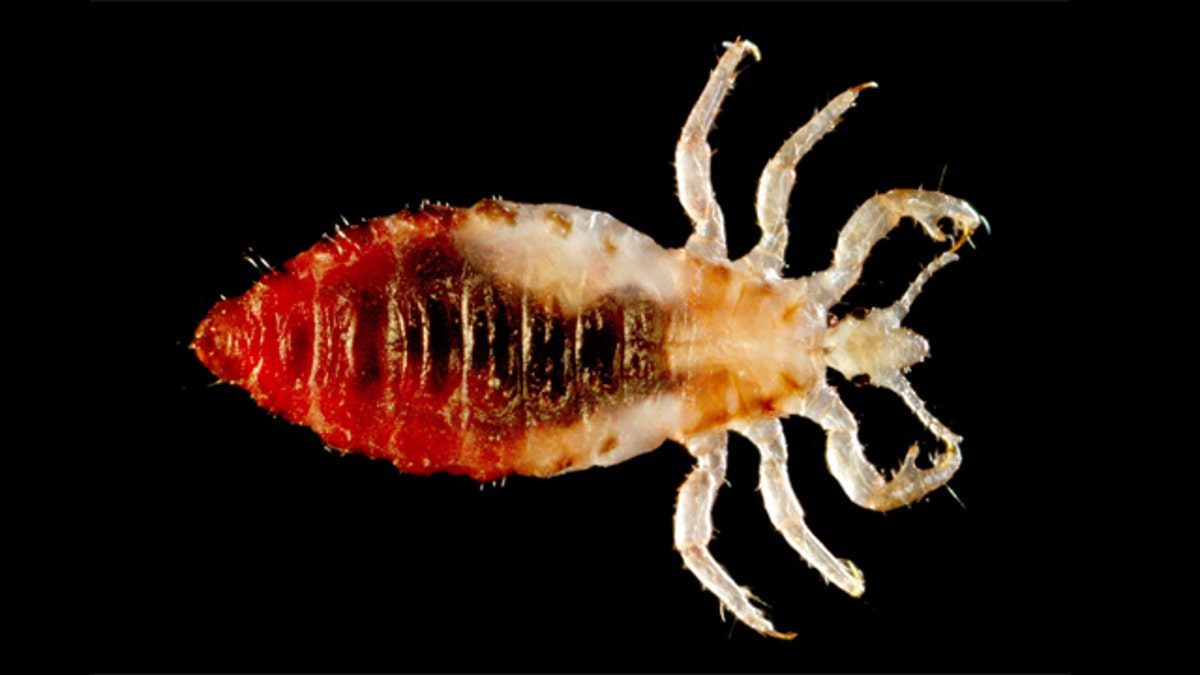
(CDC)
Our ancestors started wearing clothing about 170,000 years ago, a date pinpointed with the aid of another creature that lives with clothes — skin-crawling body lice.
This advance helped our species migrate out of Africa to spread across the world.
Since body lice or clothing lice are so well-adapted to clothing, they "almost certainly didn't exist until clothing came about in humans," said evolutionary biologist David Reed, associate curator of mammals at the Florida Museum of Natural History in Gainesville.
As such, Reed and his colleagues investigated when the parasites first began evolving to see when people started clothing themselves. This data would be virtually impossible to find with archaeological digs, since early clothing would almost certainly not have survived up to now.
The researchers sequenced the DNA of clothing lice to see when the bugs began diverging genetically from head lice, which would suggest the lice were adapting to life on cloth rather than skin and hair. Their findings suggest modern humans started wearing clothes about 170,000 years ago, 70,000 years before we began migrating into colder climates and higher latitudes in our spread across the world.
"I find it surprising that modern humans were tinkering with clothing probably long before they really needed it for survival," Reed told LiveScience. "But that tinkering really paid off when they finally left Africa and moved into Europe and Asia."
This date shows we started wearing clothes well after we lost body hair, which research into human genetic skin coloration suggests happened about 1 million years ago. In other words, humanity spent a considerable amount of time without either clothes or body hair.
"It's interesting to think humans were able to survive in Africa for hundreds of thousands of years without clothing and without body hair, and that it wasn't until they had clothing that modern humans were then moving out of Africa into other parts of the world," Reed said.
A past study of clothing lice in 2003 estimated humans first began wearing clothes about 107,000 years ago. However, the latest research form Reed and his colleagues includes new data, as well as calculation methods better suited to minimize errors in estimates.
"The new result from this lice study is an unexpectedly early date for clothing, much older than the earliest solid archaeological evidence, but it makes sense," said archaeologist Ian Gilligan at the Australian National University in Canberra, who did not take part in this research. "It means modern humans probably started wearing clothes on a regular basis to keep warm when they were first exposed to ice age conditions."
Adopting clothing some 170,000 years ago would have made sense, as the last ice age began 130,000 to 180,000 years ago, according to temperature estimates from ice-core studies. Modern humans first appeared in Africa about 200,000 years ago.
Of course, extinct relatives of humanity might have clothed themselves in some fashion as well, researchers said. Unfortunately, they did not leave clothing lice for sampling.
"We are now looking at other questions such as the peopling of the Americas to see if lice can tell us when and from where the first Native Americans arrived," Reed said. "There are two clearly different types of lice in North America. One may have arrived on the first peoples and the other on Europeans much more recently."
The scientists detailed their findings in the Jan. issue of the journal Molecular Biology and Evolution.
Top 10 Mysteries of the First Humans
Lice Shed Light on Ancient History of Americas
10 Things That Make Humans Special
Copyright © 2010 LiveScience.com. All Rights Reserved. This material may not be published, broadcast, rewritten or redistributed.
